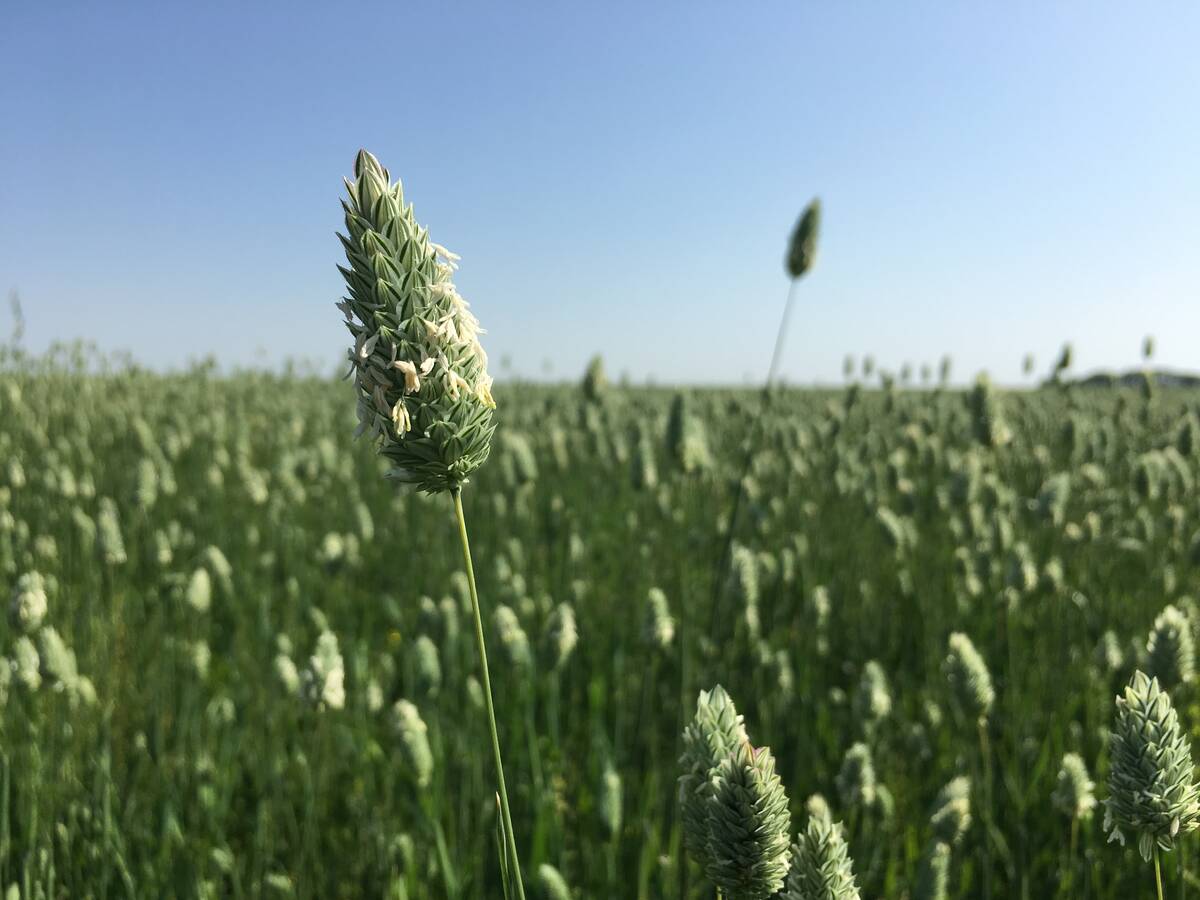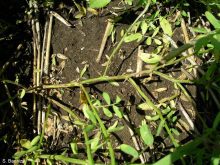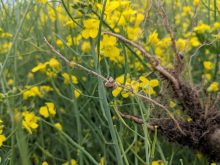Aster yellows disease and diamondback moths are not expected to be big problems this year because of favourable spring wind patterns, says a researcher.
Agriculture Canada and Environment Canada have created a model that measures wind trajectory at 50 locations across Canada.
“To date, we haven’t had a lot of winds that have a lot of potential for either diamondback moths or aster yellows leafhoppers,” said Owen Olfert, a research scientist with Agriculture Canada.
Wind trajectories of concern for both pests are those out of Texas, California and Mexico, which have large horticulture industries.
Read Also

No special crop fireworks expected
farmers should not expect fireworks in the special crops market due to ample supplies.
Diamondback moths like to feed on cold crop vegetables such as cabbage and broccoli.
Aster leafhoppers have a broader range of host crops but tend to reside in the same areas as diamondback moths.
Aster leafhoppers carry the aster yellows phytoplasma, which can lead to significant disease outbreaks. The disease caused considerable damage to Canada’s canola crop in 2012.
Saskatchewan Agriculture estimated 77 percent of the province’s canola fields were infected with the disease that year with an average incidence of eight percent.
Olfert said the leafhoppers were carried into the Prairies on winds from the southern United States.
“We had 10 days of strong southerly winds every day consistently,” he said. “We haven’t seen that since 2012.”
Wind maps show that few days on the Prairies in April and May had wind coming out of the U.S. Southwest and Mexico.
The Pacific Northwest is a secondary region of concern for the diamondback moth. Olfert said there has been more wind activity from that region but nothing to be concerned about.
Diamondback moths have shown up in a few pheromone traps set by provincial agriculture departments, but they are in low numbers.
Olfert said that is a good sign because the earlier diamondback moths arrive, the greater the concern because they increase their populations over summer. High populations in May and early June are the biggest cause for concern.
There have been reports of flea beetle problems in this year’s canola crop, but Clint Jurke, agronomy director with the Canola Council of Canada, said it is nothing out of the ordinary. Every year there are pockets where the beetles are plentiful. This year it is around Edmonton.
“It’s nothing that we would characterize as being unusual or ex-tremely high or anything like that,” he said.
The canola crop is generally in good shape despite a frost scare on the May long weekend.
However some fields around Minnedosa and western Manitoba were hit by frost last weekend and some farmers there need to reseed.
















